Bangkok’s historic heart may rest on temple-studded Rattanakosin Island, but its contemporary pulse is scattered throughout smaller, splintered neighbourhoods in Sukhumvit, Sathorn and Silom and can be harder to pinpoint.
Travellers looking to tap into the zeitgeist should venture past the backpacker cocoon of Khao San Road and make their way towards nearby Phra Athit Road, a boho hangout with live music venues and restaurants near the Chao Phraya river, then make a beeline for Chinatown. On Soi Nana, off Charoen Krung Road, minutes from Cantonese holes-in-the-wall and stores selling traditional herbal remedies, shophouses are being refurbished into galleries and unpretentious bars.
Booming, chaotic, at times overwhelming, but never, ever boring, Bangkok is more culturally diverse, complex and compelling than ever.
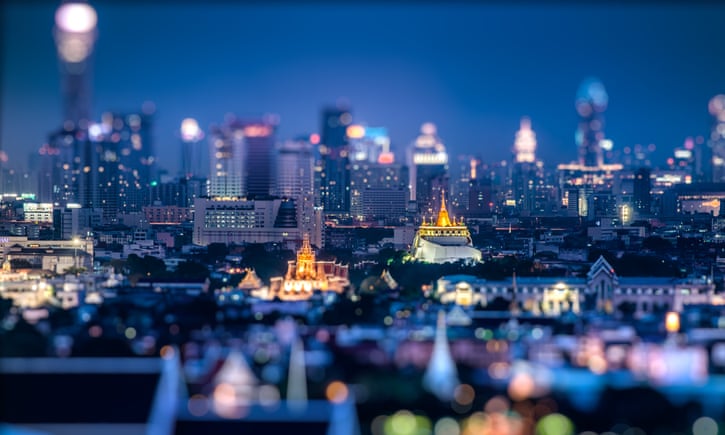
Art gallery crawl
Bangkok’s art movement has blossomed in recent years. Artha Gallery keeps the emphasis on regional talent from Thailand, Myanmar and Vietnam. Over in Sathorn, head to Sathorn 11 Art Space, which features exhibitions on the ground floor and four resident artist studios above, and H Gallery, with edgy works by Asian artists in a converted mansion. Closer to the riverside, be sure to visit Bridge and The Jam Factory, housed in a sprawling multipurpose complex designed by starchitect Duangrit Bunnag.
An industrial space with eclectic collections, Speedy Grandma fills up with creative types at weekends. Treading the line between gallery and bar, Cho Why is one of several revamped shophouses injecting new energy into Chinatown. Events range from a street-art fest to a rooftop paella party. Across the street at 23 Bar and Gallery, the artsy incarnation of one of the city’s legendary dives, expect indie tunes and no-nonsense drinks.
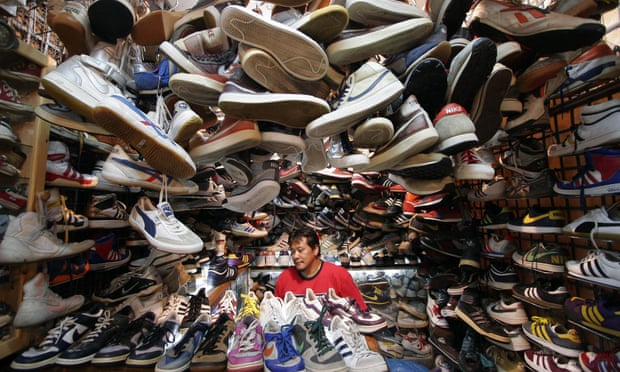
Market hop
With more than 8,000 stalls selling everything from parakeets to pottery, Chatuchak Weekend Market, up by the Mo Chit BTS Skytrain station, remains the one to beat. Go early or late, when the tropical temperatures are more forgiving, as navigating the 27 sections can prove a dizzying experience. Plan for a post-shopping sundowner at Viva 8, a ramshackle bar with excellent mojitos where DJs spin house. Many up-and-coming Thai designers try to make it here first, so keep an eye out for next season’s labels before they hit the big time.
Head to Talad Rod Fai (Sri Nakarin Soi 51) and Talad Rod Fai 2 (Esplanade Complex) for all sorts of vintage bric-a-brac. At the Rot Boran Market (The Walk, Kaset-Nawamin road), known as the “Classic Car Market”, VW bugs and other old-school autos find new life as pop-ups selling just about everything.
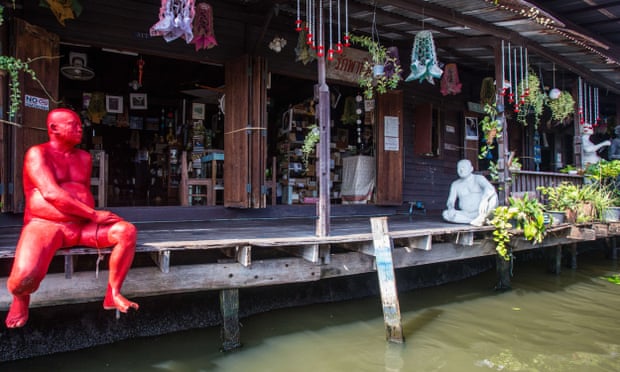
Baan Silapin (The Artist’s House)
After visiting the requisite temples – Wat Saket for the view, Wat Phra Kaew for the glittering, gilded everything, and Wat Pho for a massage – and seeing all manner of standing, sitting and reclining Buddhas – head to the Thonburi side of the river for this lesser-known cultural gem: a teak house decorated with quirky sculptures. Shadow puppet performances, a traditional art that is becoming increasingly scarce, are worth seeing, but be sure to call ahead, as showtimes are irregular.
315 Wat Tong Salangam, Phet Kasem Road, +66 2 868 5279
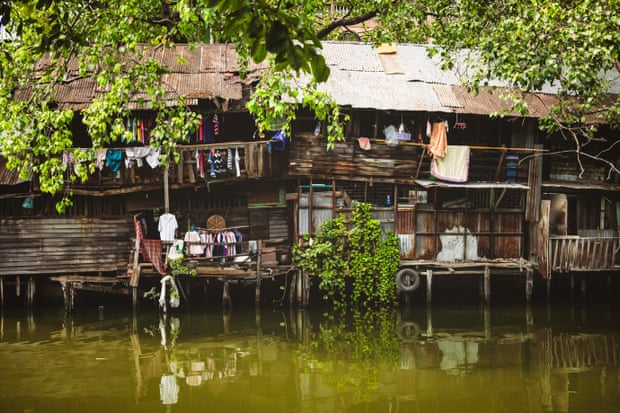
Green escape
If the concrete jungle becomes a bit wearing, consider a cycling trip over to Phra Pradaeng, a mangrove-covered peninsula on the western side of the Chao Phraya.
• ABC Amazing Bangkok Cyclist offers half-day tours for £29pp, including longtail boat transfers and mountain bike rentals, realasia.net
Street food
Salty, sweet and screaming hot, Bangkok’s street food is adored by all strata of society. Hygiene is sometimes questionable and MSG rampant, but that shouldn’t stop anyone from dining like a king on a shoestring budget.
Keep your eyes peeled for rib-sticking jook (rice porridge with pork crackling and raw egg), comforting khao mun gai (chicken and rice) or its rarer, biryani-inspired cousin khao mok gai, crispy hoi tod (eggy mussel or oyster pancakes), fatty khao kha moo (meltingly tender braised pork leg with gravy), Isaan-style jim jum (hot pot), and the ubiquitous trio of gai yaang, som tom and khao niew (grilled chicken with spicy papaya salad and sticky rice).
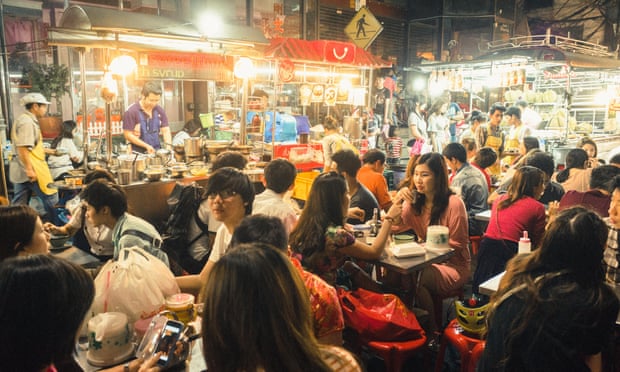
Noodles, including yen ta fo (neon-red glass noodles with tofu), ban mee (thin egg noodles often served with wontons), suki (bean thread noodles, egg, cabbage and seafood or meat) and richly flavoured kuai tiao ruea (“boat noodles” in a spiced, blood-enriched broth with offal), are served around the clock and can be ordered haeng (“dry” or stir-fried) or nam (“wet” with soup broth).
For sugar fiends, khao niew mamuang (mango sticky rice) is a dependable go-to, but consider branching out to khanom krok (custardy coconut confections) and the dangerously craveable kluay kaek (deep-fried bananas in a coconut batter).
Gentrification has edged out many of Sukhumvit’s street eats, which means travelling a bit further to find larger pockets. Victory Monument and the surrounding area has an abundance, as do Silom and the historic areas of the city. Chinatown, especially Yaowarat and Charoen Krung roads, is packed with stalls that have been serving the same dishes for generations.
Source : The Guardian


















